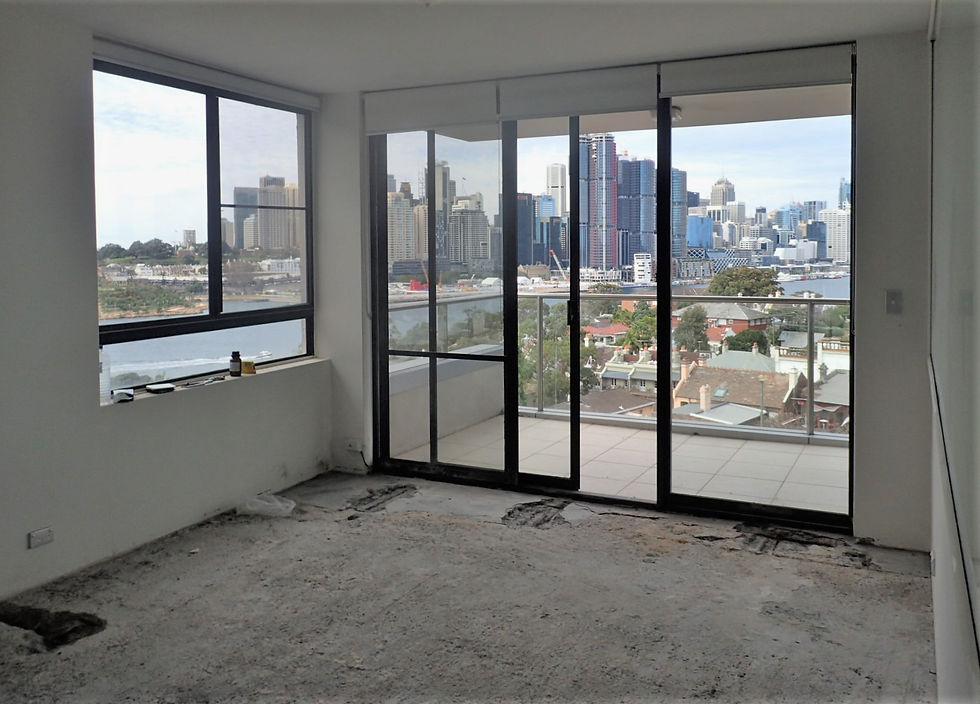Corrosion Protection Challenges for Australia’s Longest Singlelane Bridge in a Harsh Marine Environment
- Remedial Technology

- Jun 16
- 2 min read

We are proud to announce that Remedial Technology recently presented a technical paper at the 2025 Concrete Solutions conference, detailing our advanced cathodic protection strategies for the Mission River Bridge (MRB) in Weipa, Queensland.
Titled "Corrosion Protection Challenges for Australia’s Longest Single-Lane Bridge in a Harsh Marine Environment", the paper, authored by Atef Cheaitani, Bob Brown, and Rhett Lamperd, highlights more than three decades of work to extend the life of this critical piece of infrastructure.
A Unique Engineering Challenge
Built in 1971 with a design life of just 35 years, the MRB was never expected to still be in service today, let alone until at least 2042. Yet through innovative engineering and a commitment to long-term asset management, the bridge has not only survived but continues to serve the region’s mining and local communities.
At over 1 km long, MRB crosses a highly corrosive tropical marine environment. Over time, its composite piles, comprising prestressed concrete and steel, experienced severe degradation due to Microbially Induced Corrosion (MIC), especially in tidal and splash zones.
Tailored Cathodic Protection Systems
To address these challenges, a multi-layered approach using three integrated Impressed Current Cathodic Protection (ICCP) systems:
Water Anode (WA) System: Protects steel piles and submerged concrete to mid-tide level using MMO anodes placed on the riverbed.
Pile Anode (PA) System: Targets prestressed concrete piles above the high-tide mark using embedded MMO ribbon anodes.
Internal Anode (IA) System: Designed for newer concrete build-downs and headstock repairs, primarily providing cathodic prevention.
Each system is fine-tuned to meet Australian Standards AS 2832.3 and AS 2832.5, balancing the need to halt corrosion without inducing overprotection, a critical concern for prestressed steel due to the risk of hydrogen embrittlement.
Smart Monitoring and Control
The systems are remotely managed through a non-proprietary control platform integrated with the Principal’s SCADA system. This allows for automated testing, real-time monitoring, and precise current adjustments, essential for dealing with MRB’s wide tidal fluctuations and varied structural materials.
A Case Study in Longevity
Our work on MRB stands as a leading example of how cathodic protection, when paired with regular inspection, maintenance, and system upgrades, can extend the life of aging infrastructure far beyond its original expectations. The bridge’s continued serviceability underscores the value of combining site-specific engineering solutions with ongoing data-driven system management.
Looking Ahead
As we continue to refine cathodic protection systems for complex environments, the lessons learned from MRB are shaping best practices not just in Queensland, but nationally. The project also highlights an industry-wide need for further research into corrosion mitigation for composite piles, especially under microbial attack.
🔗 Read the full paper: View on MATEC Web of Conferences or download below.






Comments